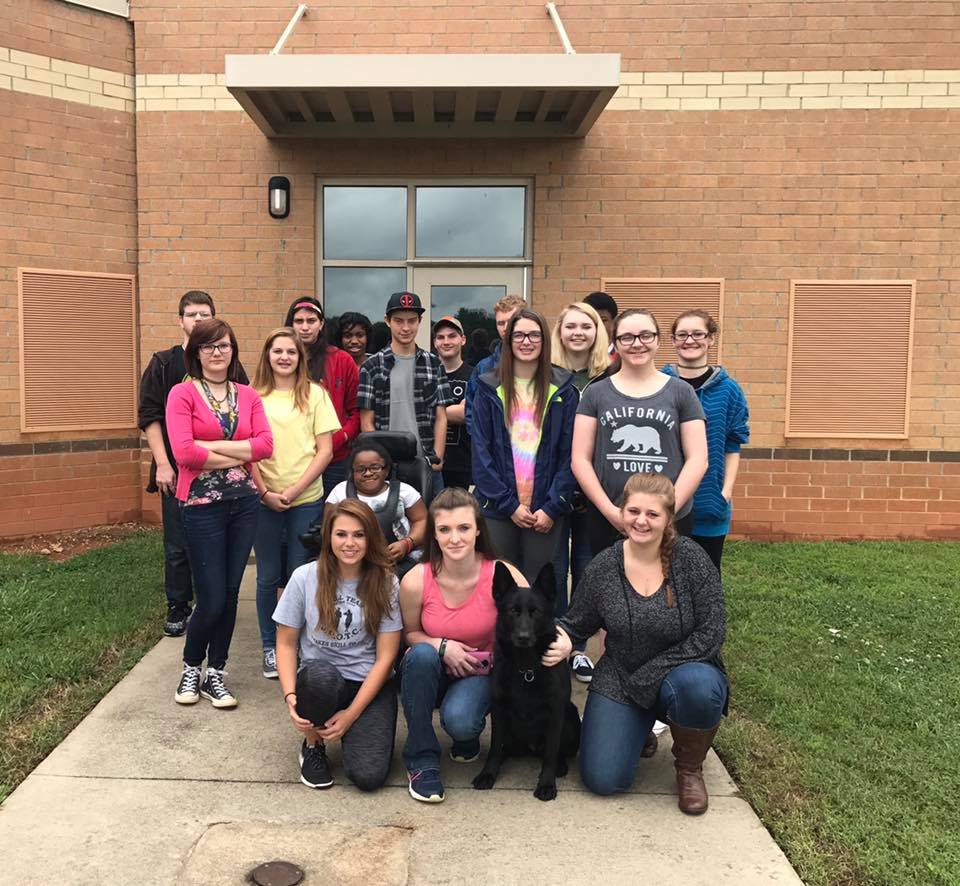Service Dogs
Service Dogs
vs Emotional Support Dogs
vs Therapy Dogs
Service Dogs
Service dogs are dogs that have been individually trained to perform a specific task for individuals who have disabilities. The disabilities can vary greatly, and so do the tasks that the service dogs perform.
Types of SERVICE DOGS:
- Guide dogs for the blind
- Hearing dogs for deaf or hearing impaired persons
- Mobility assistance dogs for wheelchair-bound persons or those with mobility limitations
- Seizure response dogs to protect and help persons with seizure disorders when a seizure occurs
- Diabetes assistance dogs to detect blood sugar highs and lows by scent
- Mental health service dogs or psychiatric service dogs are task-trained to assist those with PTSD, panic disorders, anxiety disorders, major depression, autism spectrum disorders and much more.
Service dogs can be trained by their owners or in any other manner the owner desires to assist them with their disability.
Emotional Support Dog
An emotional support dog can offer benefits to those who need them, and can provide individuals with the companionship and support they need to improve their quality of life.
The bond between a person and their dog can be a powerful one, and may has a calming and healing affect to their human. For some people, their dog provides stability and companionship in light of a serious mental disorder, such as depression, anxiety, personality disorders, and identity disorders. In those scenarios, it can be beneficial to have the pet qualified as an emotional support animal, which affords them a few more rights than your typical pets.
HOWEVER an ESA (Emotional Support Animal) specifically here a canine DOES NOT have the same rights as a Service Dog and DOES NOT need to be granted public access.
Therapy Dogs
Therapy dogs visit with the sick and elderly, sometimes simply sitting by the person's side and patiently being petted. Animal-assisted therapy patients may go on walks with therapy dogs, play games with them, feed them, or groom them. Therapy dogs may be trained to sit quietly and attentively while children read to them. Many can help their handlers teach students about dog care and safety. Some therapy dogs have disabilities or limitations of their own, serving as an inspiration to humans with disabilities.
A Therapy Dog team consist of a certified therapy animal and a trained handler. These teams visit hospitals, nursing homes, assisted living centers, children's homes, schools, and other types of facilities to help lift spirits, facilitate recovery, and provide education.
They DO NOT have public access rights but can be welcomed into establishment by invitation only.
You will have to become a member of a Therapy Dog Organization (which will hold the test for certification and provides the insurance once certified)
Therapy Groups Listed Alphabetically can be found on the AKC website (here)
AKC CGC, CGCA & CGCU (Public Access Test) $45

Not every client wants to participate in the CGC classes but has the skills to train their dog on their own.
We will be happy to schedule any CGC test for you. The CGC is the foundation and has to be passed prior to attempting the CGC Community Canine and/or the CGC Urban Public Access.
The tests are $45 each and does not guarantee passing of the test if not all 10 test points were checked off.
Additional AKC fees apply for certificate and/or title.
Ribbon is incl. upon passing the test, however any medals or rosettes can be requested in addition.
Passing the Urban CGC test or Canine Good Citizen test does not make a dog a service dog or emotional support dog. A key distinction of service or emotional support dogs is that the owner/handler has a disability. It is unethical to misrepresent a pet dog as a service or emotional support animal.
